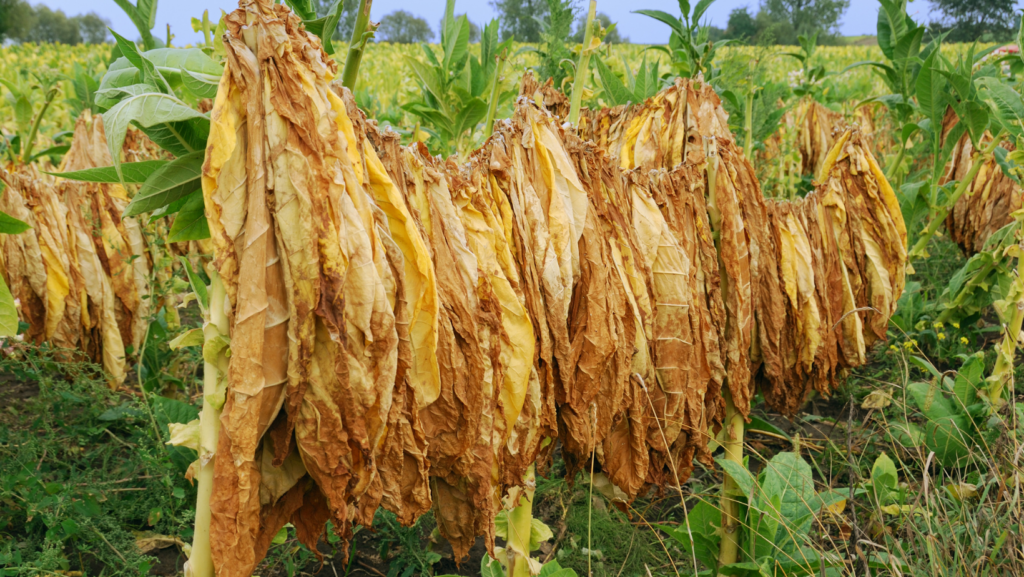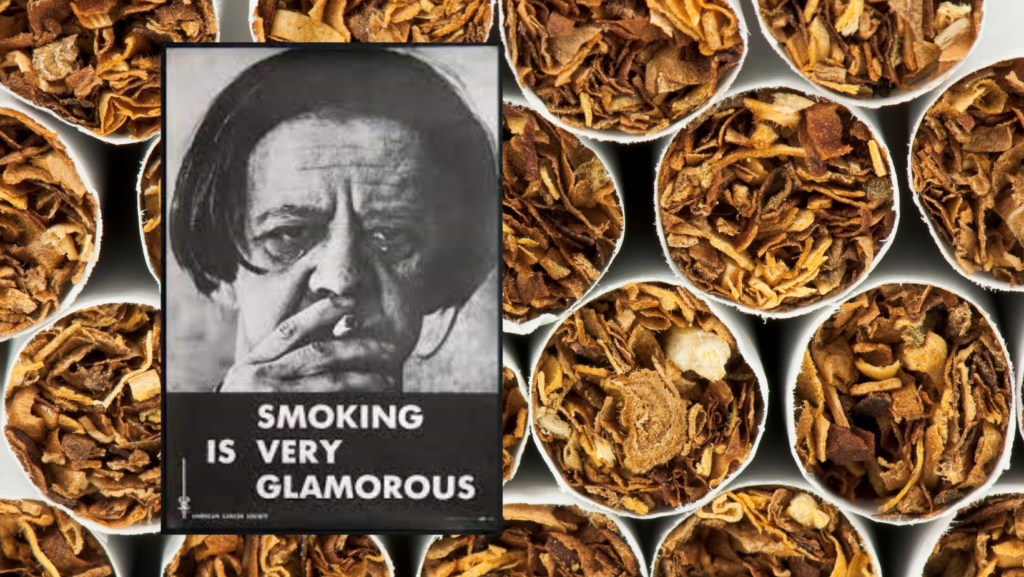A Most Toxic Plant
In previous notes to you, I have occasionally referred to plants as the master chemists, being especially good at defending themselves via the chemicals they create. Today, let us take a brief look at the species which kills the most people, every year, round the world.
No, it is not some exotic, tropical, intoxicating berry that looks good and tastes divine and lures victims to eat it. Rather, it is on the shelf of your local grocery store year-round, boldly advertised. Worldwide, about 10 million acres are devoted to growing tobacco, and it kills about 5 million people each year.
The species is native to the Americas and its danger was well understood by the native people. Waheenee, a native woman later known as Buffalo Bird Woman, was born about 1839 into the Hidatsa tribe located along the Missouri River in what is today North Dakota. In 1906, anthropologist Gilbert Wilson visited what remained of the tribe and Waheenee became one of his main sources of information about native life in the early days of European contact. Gilbert became an honorary member of the tribe, returned for interviews for 11 more summers and repackaged his massive file of field notes into a series of books, a process continued by other anthropologists after his death.
According to Waheenee, the women of her tribe didn’t smoke tobacco and the men were allowed to do so only after they were about 60 years-old. Back then the men were warriors and hunters, a lifeway which required intense bursts of energy as well as endurance, and the tribe knew that smokers were not capable of that performance, and often died young. But elderly men were no longer such an asset to the tribe and could ruin their bodies by smoking if they wished. And Waheenee understood how this worked, describing to Gilbert that smokers lungs were dirty and they couldn’t breathe well, which we today call emphysema. (My favorite books by Gilbert are “Waheenee,” which spans her childhood to early marriage years, and “Buffalo Bird Woman’s Garden,” which extends to food storage, preparation, seed saving, pollination, gardening songs and legends. The tobacco story above is partly in the latter book, pages 121-127, plus scattered references in his other books.)
European exploration promptly spread the plant around the world. In 1604, King James I declared that smoking was a “loathsome” practice and that it was “harmful to the brain, dangerous to the lungs,” which did nothing to slow its addiction rate. The plant is actually more toxic than the consequences of smoking it would imply, because most of the nicotine gets burned up in cigarettes. But a piece of the leaf simply eaten or brewed into a tea can kill a person in a day. Tobacco, and many of its relatives in the solanaceae family, like datura, brugmansia and henbane produce their toxins as a defense against insects and large grazers.
I learned this as a child in my little garden. Cigarette butts were available in the schoolyard and I gathered a handful, put them in a pint jar of warm water and let them soak for a day or two. This produced a brown liquid which I put in a Flit gun, which was a little insecticide sprayer you pumped by-hand (the precursor to today’s aerosol can) and killed some bugs in my garden. This then raised the question of whether we should eat from any plant that had been sprayed with nicotine, because the plants themselves seemed to become toxic. Our family answer was no, and the experiment was over. But nationwide the nicotine experiment was just beginning. To be continued.
Tags: addiction, american cancer society, cancer, cigarettes, disease, emphysema, illness, Lon Drake, native american, Native People, plant defense, poison, smoking, solanaceae, tobacco, toxic, toxic plants



